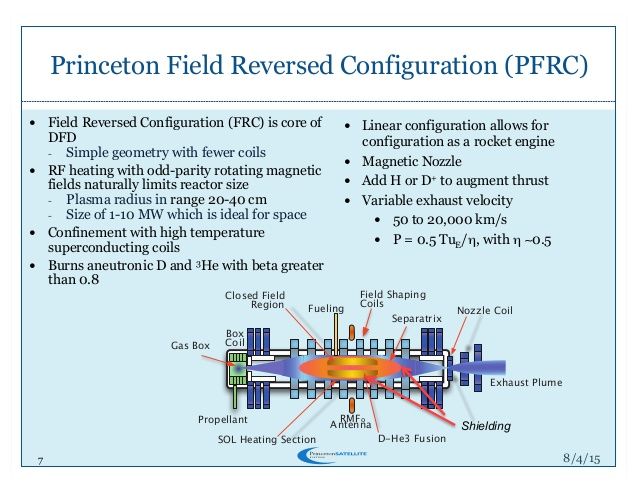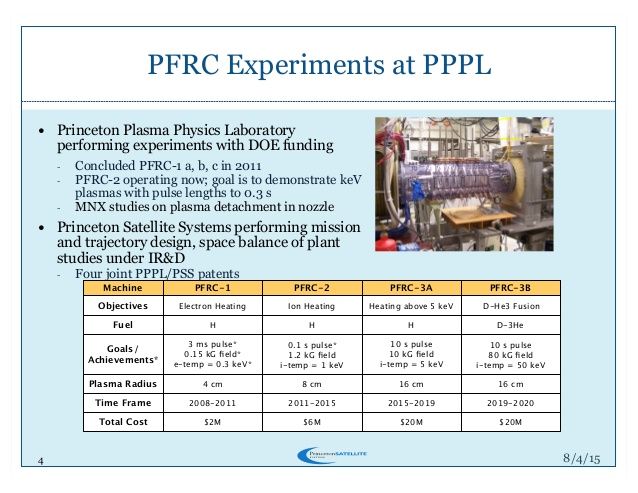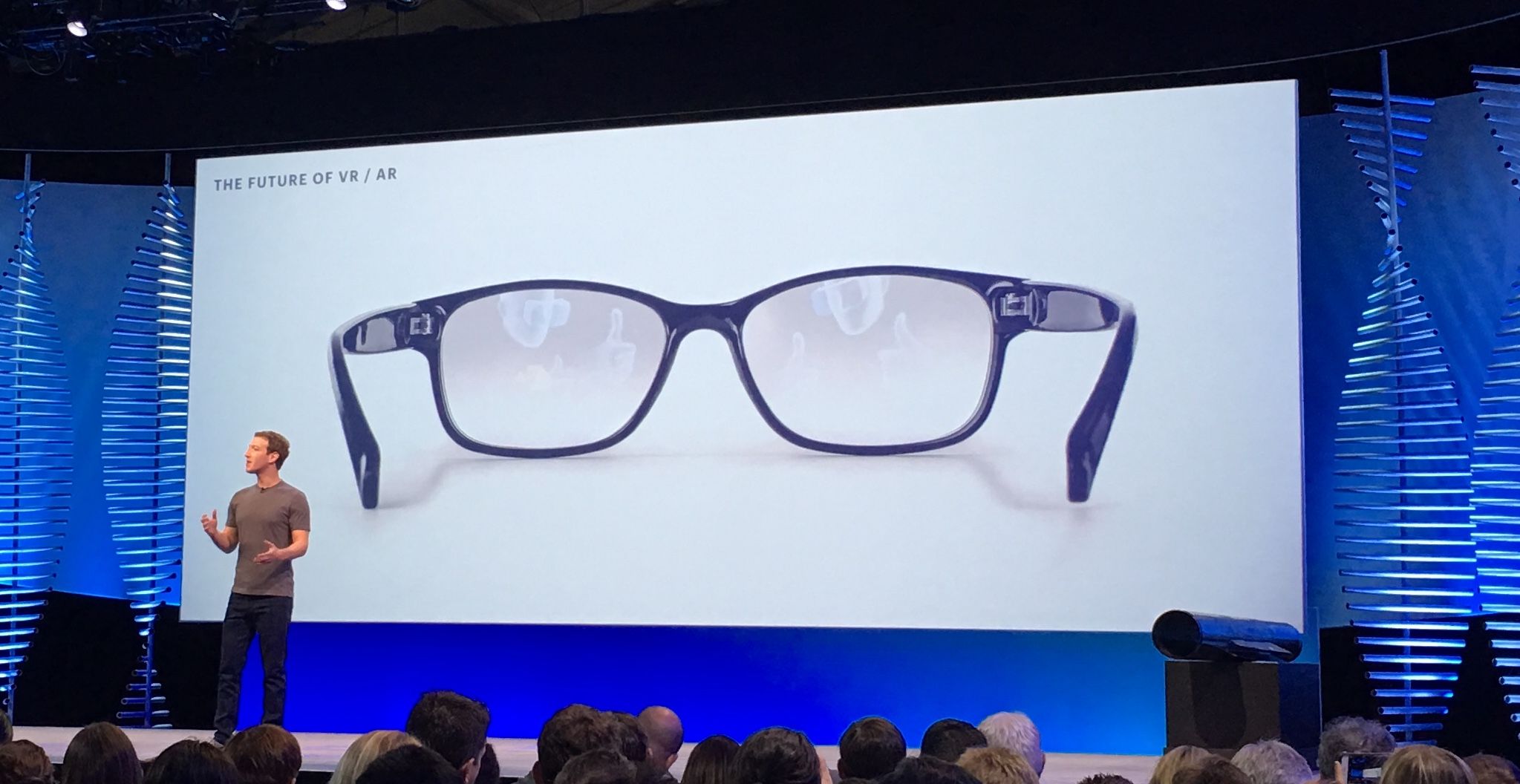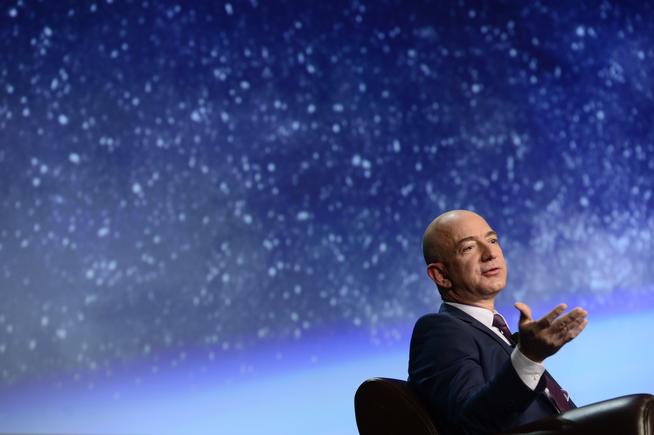Page 11271
Apr 13, 2016
Silicon Valley’s zero-gravity space startup boom
Posted by Klaus Baldauf in category: space travel
MOUNTAIN VIEW The next big thing in space exploration might not come from a shiny NASA research facility. Instead, it may spring from an abandoned gas station or a converted McDonald’s in the heart of Silicon Valley’s growing space startup scene.
Bay Area companies are commercializing the space industry, with ambitions as lofty as the cruising altitude of the International Space Station. They range from Deep Space Industries, which plans to mine asteroids, to Made In Space, which is working on in-space manufacturing, to Planet Labs, which aims to take daily photographs of everywhere on Earth.
Just as in other technology sectors, Silicon Valley is leading the space startup boom. At least a dozen space companies have popped up in the Bay Area over the past few years, with a concentration taking over empty buildings on Mountain View’s Moffett Field.
Apr 13, 2016
This study 40 years ago could have reshaped the American diet. But it was never fully published
Posted by Amnon H. Eden in categories: biotech/medical, food, government, health
#nutrition #CrapScience
So after 40 years of prescribing low fat diets & demonising cholesterol, the largest & longest clinical experiment ever (40 years, 9,000 patients, randomly assigned diets) shows that “Patients who lowered their cholesterol, presumably because of the special diet, actually suffered MORE heart-related deaths than those who did not.”
In other words, if you’ve been cutting on steaks, butter etc. for 4 years or more, you may have INCREASED your mortality rate from heart disease by %8.
Apr 13, 2016
Facebook says VR headsets will look like Ray-Bans in 10 years
Posted by Shailesh Prasad in categories: futurism, virtual reality
Virtual Reality is awesome, but having to wear a huge headset isn’t fun.
Facebook knows that, so while unveiling its roadmap for the next 10 years, Mark Zuckerberg said future VR headsets would basically be the size of a normal pair of glasses.
Some of the biggest names in tech are coming to TNW Conference in Amsterdam this May.
Continue reading “Facebook says VR headsets will look like Ray-Bans in 10 years” »
Apr 13, 2016
The era of AI-human hybrid intelligence
Posted by Shailesh Prasad in categories: drones, Elon Musk, neuroscience, Ray Kurzweil, robotics/AI
You hear a lot these days about the potential for impending doom as AI becomes ever smarter.
Indeed, big names are calling for caution: the futurist optimism of protagonists like Ray Kurzweil is outweighed by the concern expressed by Bill Gates, Elon Musk and Stephen Hawking. And Swedish philosopher Nick Bostrom’s scary thought experiments around what AI might lead to could well sustain a new strain of Nordic noir. There are, indeed, reasons to be concerned.
The fictional Hal’s refusal to open the pod bay doors in Kubrick’s 2001: A Space Odyssey seems a lot less like fiction than it did when the movie came out almost 50 years ago. Today, we have real reason to be concerned about the potential for autonomous drones making decisions about who to take out, or self-driving cars making a choice between hitting a roadside tree and hitting a child.
Continue reading “The era of AI-human hybrid intelligence” »
Apr 13, 2016
Are We On The Verge Of Eliminating Jet Lag?
Posted by Shailesh Prasad in category: futurism
New lighting plans on airlines are helping passengers adjust to new schedules. But how close are we to eliminating jet lag altogether?
Apr 13, 2016
Pitch black: Ford’s autonomous cars don’t care whether it’s day or night
Posted by Shailesh Prasad in categories: robotics/AI, transportation
Apr 12, 2016
NASA funds Direct Drive Fusion Propulsion
Posted by Andreas Matt in categories: energy, information science, physics, space travel

The Direct Fusion Drive (DFD) concept provides game-changing propulsion and power capabilities that would revolutionize interplanetary travel. DFD is based on the Princeton Field-Reversed Configuration (PFRC) fusion reactor under development at the Princeton Plasma Physics Laboratory. The mission context we are proposing is delivery of a Pluto orbiter with a lander. The key objective of the proposal is to determine the feasibility of the proposed Pluto spacecraft using improved engine models. DFD provides high thrust to allow for reasonable transit times to Pluto while delivering substantial mass to orbit: 1000 kg delivered in 4 to 6 years. Since DFD provides power as well as propulsion in one integrated device, it will also provide as much as 2 MW of power to the payloads upon arrival. This enables high-bandwidth communication, powering of the lander from orbit, and radically expanded options for instrument design. The data acquired by New Horizons’ recent Pluto flyby is just a tiny fraction of the scientific data that could be generated from an orbiter and lander. We have evaluated the Pluto mission concept using the Lambert algorithm for maneuvers with rough estimates of the engine thrust and power. The acceleration times are sufficiently short for the Lambert approximation, i.e. impulsive burns, to have some validity. We have used fusion scaling laws to estimate the total mission mass and show that it would fit within the envelope of a Delta IV Heavy launch vehicle. Estimates of the amount of Helium 3 required to fuel the reactor are within available terrestrial stores.

Apr 12, 2016
Jeff Bezos wants to open the way for millions to live, work in space
Posted by Sean Brazell in categories: asteroid/comet impacts, existential risks
COLORADO SPRINGS — Jeff Bezos, founder of Amazon.com, could not be more clear about what he believes is mankind’s future.
“I want millions of people living and working in space. I want us to be a space-faring civilization,” Bezos told a packed audience at the Space Symposium on Tuesday in Colorado Springs.
“My motivation is, I don’t want Plan B to be, ‘Good news, Earth got destroyed by a big comet but we live on Mars.’ I think we need to explore and utilize space in order to save the Earth,” he said, referring to the need to shift industrial manufacturing to space to limit the impact on Earth’s resources.
Continue reading “Jeff Bezos wants to open the way for millions to live, work in space” »
Apr 12, 2016
TechInsurance Cites Microsoft’s Tay Glitch As Classic Technology E&O Risk
Posted by Karen Hurst in categories: business, law, robotics/AI
Although this article is over 5 days old plus talks about the risks identified by TechInsurance company; it does highlight the potential new wave of lawsuits in the years to come that we could see flood the law offices and courts around AI. Also, it will be interested to see over the next 5 years how laws, reg. compliance, etc. will evolve with the deployment of AI.
Technology insurance provider reminds IT businesses that technical glitches and customer behavior are significant sources of risk.
















